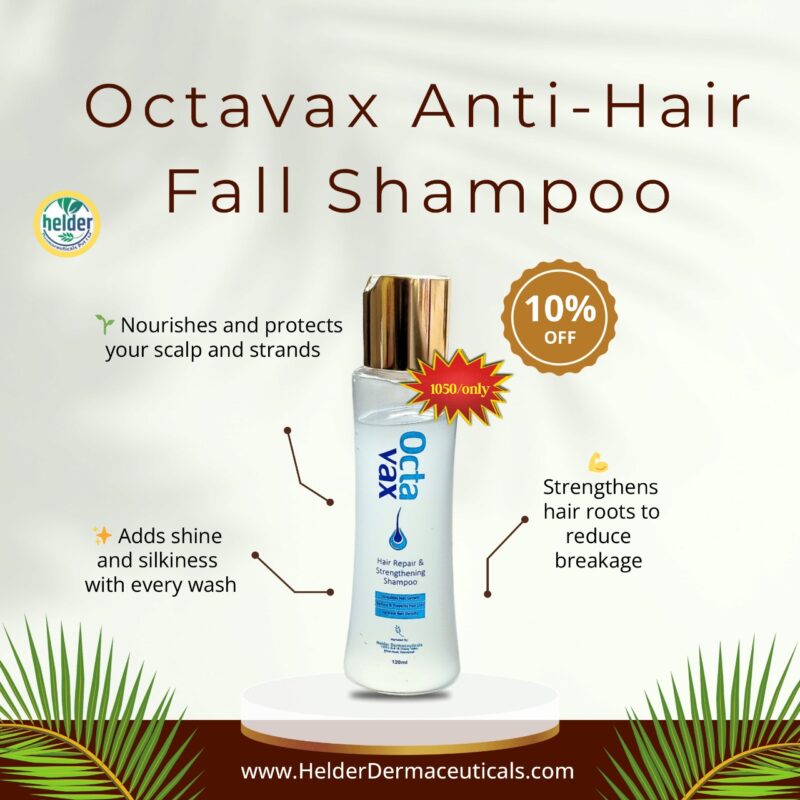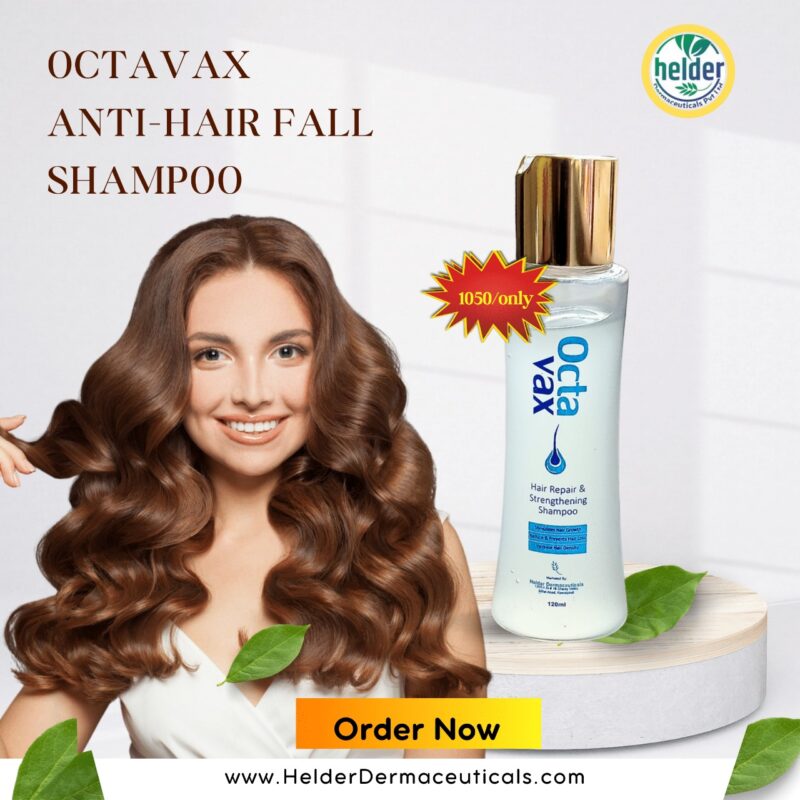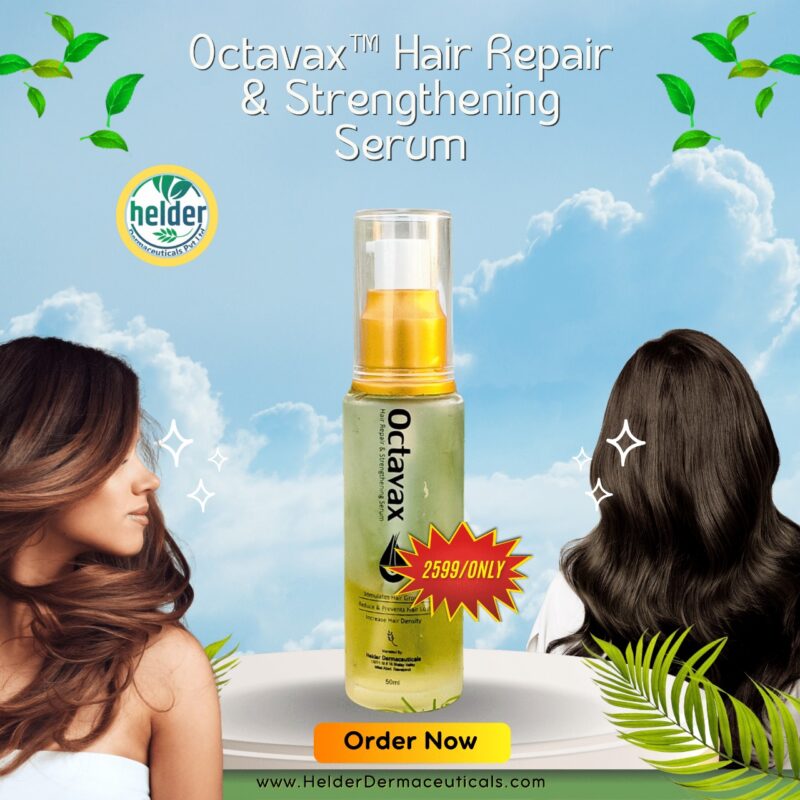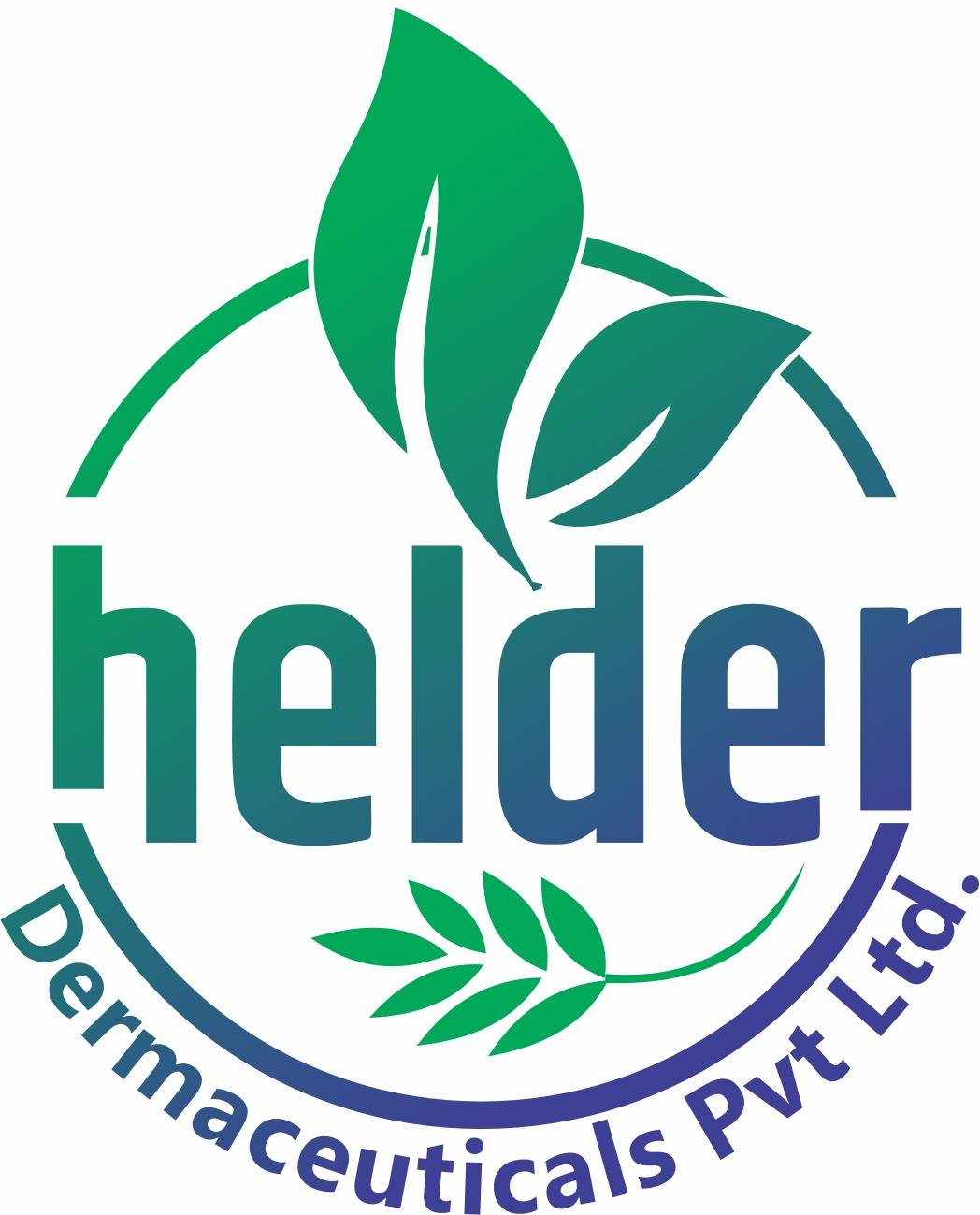Hair fall – it’s a universal concern that can impact our confidence and even our sense of self. Whether it’s a few extra strands in the shower drain or a noticeable thinning at the crown, the desire to reduce hair fall and promote healthy growth is shared by many. But beyond the countless products and anecdotal remedies, what does the science truly say? This article will delve into the proven methods, demystifying the biology behind our strands and offering actionable, evidence-based strategies to achieve a fuller, healthier head of hair.
Understanding the Hair Growth Cycle: A Foundation for Strong Strands
Before we can effectively reduce hair fall and promote healthy growth, it’s crucial to understand the intricate life cycle of a single hair strand. Our hair doesn’t just continuously grow; it undergoes a sophisticated four-pha
Anagen (Growing Phase)
This is the active growth phase, lasting anywhere from two to seven years. During anagen, hair follicles are rapidly producing new hair cells, pushing out the old. The longer your anagen phase, the longer your hair can grow
Catagen (Transition Phase
A short, transitional phase lasting about 2-3 weeks. During this time, hair growth stops, and the outer root sheath shrinks and detaches from the dermal papilla.
Telogen (Resting Phase
This phase lasts around three months. The hair remains in the follicle but is no longer growing. At the end of the telogen phase, the hair is shed. It’s normal to lose 50-100 telogen hairs per day
Exogen (Shedding Phase
- Often considered part of the telogen phase, this is when the old hair actively falls out, making way for new hair to begin the anagen phase again.
Disruptions to this delicate balance – whether due to stress, nutrition, hormones, or genetics – can prematurely push hairs into the telogen phase, leading to excessive shedding and a diminished ability to promote healthy growth. Our goal, then, is to minimize these disruptions and optimize the conditions for robust hair production.

The Culprits Behind Hair Fall: Pinpointing the Problem
To effectively reduce hair fall and promote healthy growth, we must first identify the underlying causes. Hair fall is rarely due to a single factor; often, it’s a combination of influences.
Genetics (Androgenetic Alopecia): This is the most common cause of hair loss, affecting both men and women. In men, it presents as a receding hairline and thinning crown (male pattern baldness), while in women, it’s typically diffuse thinning over the scalp. It’s hereditary and involves a sensitivity of hair follicles to dihydrotestosterone (DHT).
Hormonal Imbalances: Fluctuations in hormones can significantly impact hair. Thyroid disorders (hypo- or hyperthyroidism), Polycystic Ovary Syndrome (PCOS), pregnancy, and menopause can all lead to temporary or permanent hair loss.
Nutritional Deficiencies: A lack of essential vitamins and minerals is a surprisingly common cause of hair fall. Iron, biotin, zinc, vitamin D, and protein are all critical for healthy hair follicle function.
Stress (Telogen Effluvium): Significant physical or emotional stress can shock hair follicles, prematurely pushing a large number of hairs into the resting (telogen) phase. This can result in widespread hair shedding usually a few months after the stressful event.
Medical Conditions and Medications: Certain autoimmune diseases (like alopecia areata), scalp infections (fungal), and even some medications (e.g., for cancer, blood pressure, depression) can contribute to hair fall.
Harsh Hair Practices: Excessive heat styling, tight hairstyles, chemical treatments (perming, coloring), and aggressive brushing can cause traction alopecia (hair loss due to pulling)
Proven Methods to Reduce Hair Fall and Promote Healthy Growth
Now, let’s explore the science-backed strategies to combat hair fall and encourage vibrant, strong strands

Now, let’s explore the science-backed strategies to combat hair fall and encourage vibrant, strong strands.
1. Nutritional Powerhouse: Fueling Your Follicles from Within
What you eat directly impacts the health of your hair. A balanced, nutrient-rich diet is fundamental to reduce hair fall and promote healthy growth.
- Protein: Hair is primarily made of keratin, a protein. Ensure adequate intake of lean meats, fish, eggs, dairy, legumes, and nuts.
- Iron: Iron deficiency (anemia) is a major cause of hair fall, particularly in women. Include iron-rich foods like spinach, lentils, red meat, and fortified cereals. Pair with Vitamin C for better absorption.
- Biotin (Vitamin B7): Often lauded as a hair-growth vitamin, biotin plays a role in keratin production. While severe deficiency is rare, foods like eggs, nuts, sweet potatoes, and avocados are good sources.
- Zinc: Essential for hair tissue growth and repair. Oysters, beef, pumpkin seeds, and lentils are rich in zinc.
- Vitamin D: Receptors for Vitamin D are present in hair follicles, suggesting its role in the hair growth cycle. Sunlight exposure and foods like fatty fish and fortified dairy can help.
- Omega-3 Fatty Acids: These healthy fats can help reduce inflammation and provide essential nutrients for scalp health. Found in fatty fish (salmon, mackerel), flaxseeds, and walnuts.
Topical Treatments: Directly Targeting the Scalp
Several topical solutions have scientific backing for their ability to reduce hair fall and promote healthy growth.
- Minoxidil: Approved by regulatory bodies for treating androgenetic alopecia, minoxidil is available over-the-counter (2% and 5% solutions/foams). It works by widening blood vessels, increasing blood flow to hair follicles, and extending the anagen phase. Consistency is key, and results can take several months.
- Finasteride (for men): This is an oral medication (though topical forms are being researched) that works by inhibiting the enzyme 5-alpha-reductase, which converts testosterone to DHT. By reducing DHT levels, it can significantly reduce hair fall and promote healthy growth in men with androgenetic alopecia. It requires a prescription and is not for use by women of childbearing age due to potential birth defects.
- Ketoconazole Shampoos: While primarily an antifungal, ketoconazole shampoos (often prescribed for seborrheic dermatitis) have shown some anti-androgenic effects, potentially benefiting those with hormonal hair loss.
- Caffeine: Research suggests that topical caffeine can stimulate hair growth by blocking the effects of DHT and prolonging the anagen phase. Many shampoos and serums now incorporate caffeine.

Lifestyle Adjustments: Holistic Approaches to Hair Health
Stress Management: As discussed, chronic stress can trigger telogen effluvium. Incorporate stress-reducing activities into your daily routine:
- Mindfulness & Meditation: Even 10-15 minutes a day can make a difference.
- Yoga & Exercise: Physical activity helps release endorphins and reduces stress hormones.
- Adequate Sleep: Aim for 7-9 hours of quality sleep per night. Sleep deprivation can put stress on the body.
- Hobbies & Social Connection: Engage in activities that bring you joy and connect with supportive individuals.
Gentle Hair Care Practices: Treat your hair with kindness to prevent breakage and damage that mimics hair fall.
- Avoid Excessive Heat: Minimize the use of hot styling tools (straighteners, curling irons, blow dryers on high heat).
- Brush Gently: Use a wide-tooth comb or a soft-bristle brush, starting from the ends and working your way up. Avoid brushing wet hair vigorously.
- Limit Tight Hairstyles: Braids, ponytails, and buns that pull tightly on the scalp can lead to traction alopecia.
- Shampoo Correctly: Use a gentle, sulfate-free shampoo. Focus on cleansing the scalp, not just the hair strands.
- Condition: Always use a conditioner to detangle and

. Advanced Medical Interventions: When Other Methods Aren’t Enough
. Advanced Medical Interventions: When Other Methods Aren’t EnoughFor more severe or persistent hair fall, a dermatologist or trichologist might recommend advanced interventions to reduce hair fall and promote healthy growth.
- Platelet-Rich Plasma (PRP) Therapy: This involves drawing a small amount of your blood, processing it to concentrate the platelets (which are rich in growth factors), and then injecting the PRP into your scalp. PRP is believed to stimulate inactive hair follicles and promote new hair growth. While promising, more large-scale studies are needed.
- Low-Level Laser Therapy (LLLT): Devices ranging from combs to caps emit low-level laser light that is thought to stimulate cellular activity in hair follicles, potentially extending the anagen phase. LLLT is a non-invasive option with a good safety profile.
- Hair Transplant Surgery: For advanced androgenetic alopecia, hair transplantation involves surgically moving healthy hair follicles from one part of the scalp (donor area) to thinning or bald areas (recipient area). This is a permanent solution for restoring hair density.
Actionable Tip: These advanced options should only be considered after a thorough consultation with a qualified medical professional who can assess your suitability and explain the risks and benefits.

